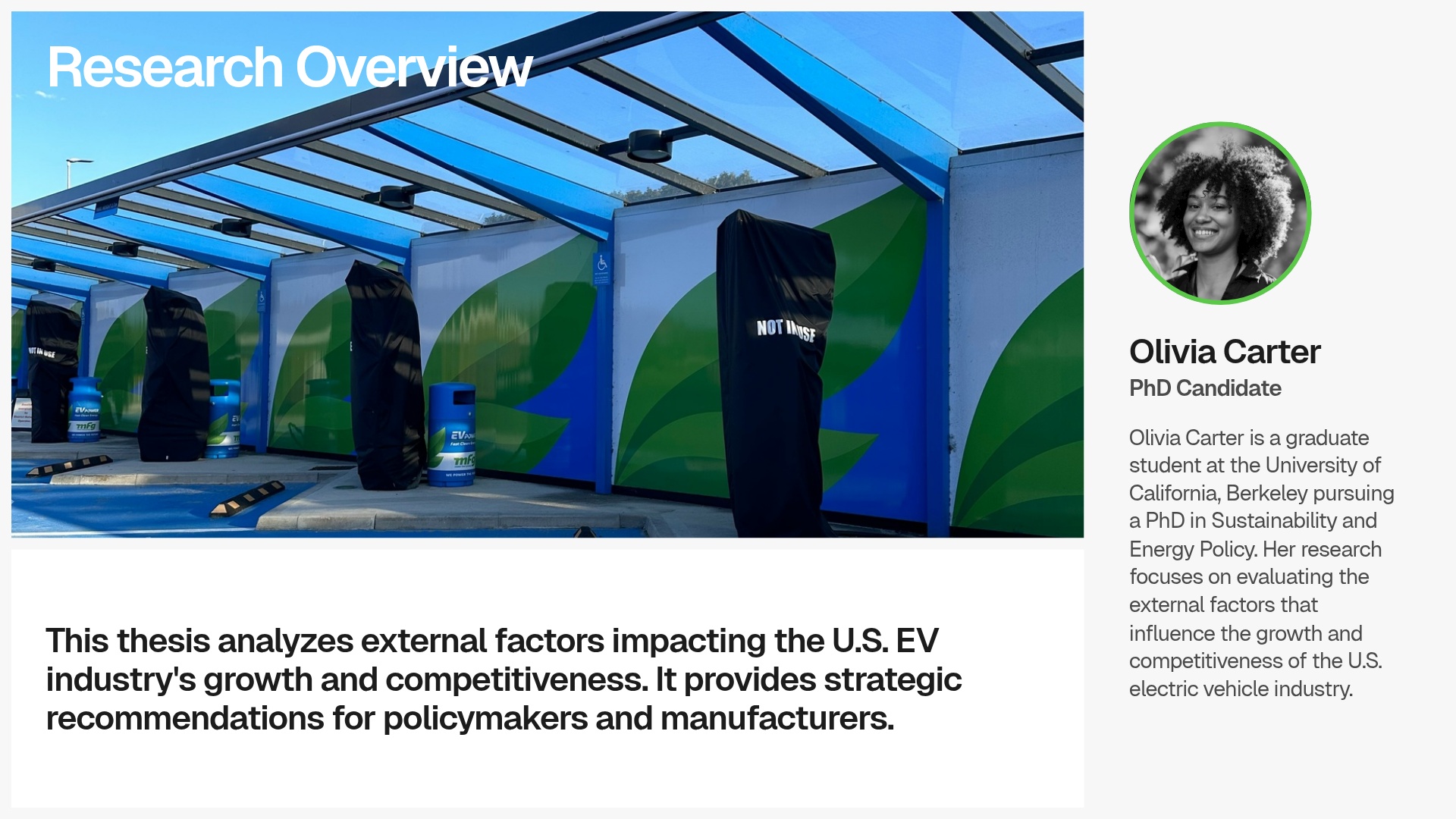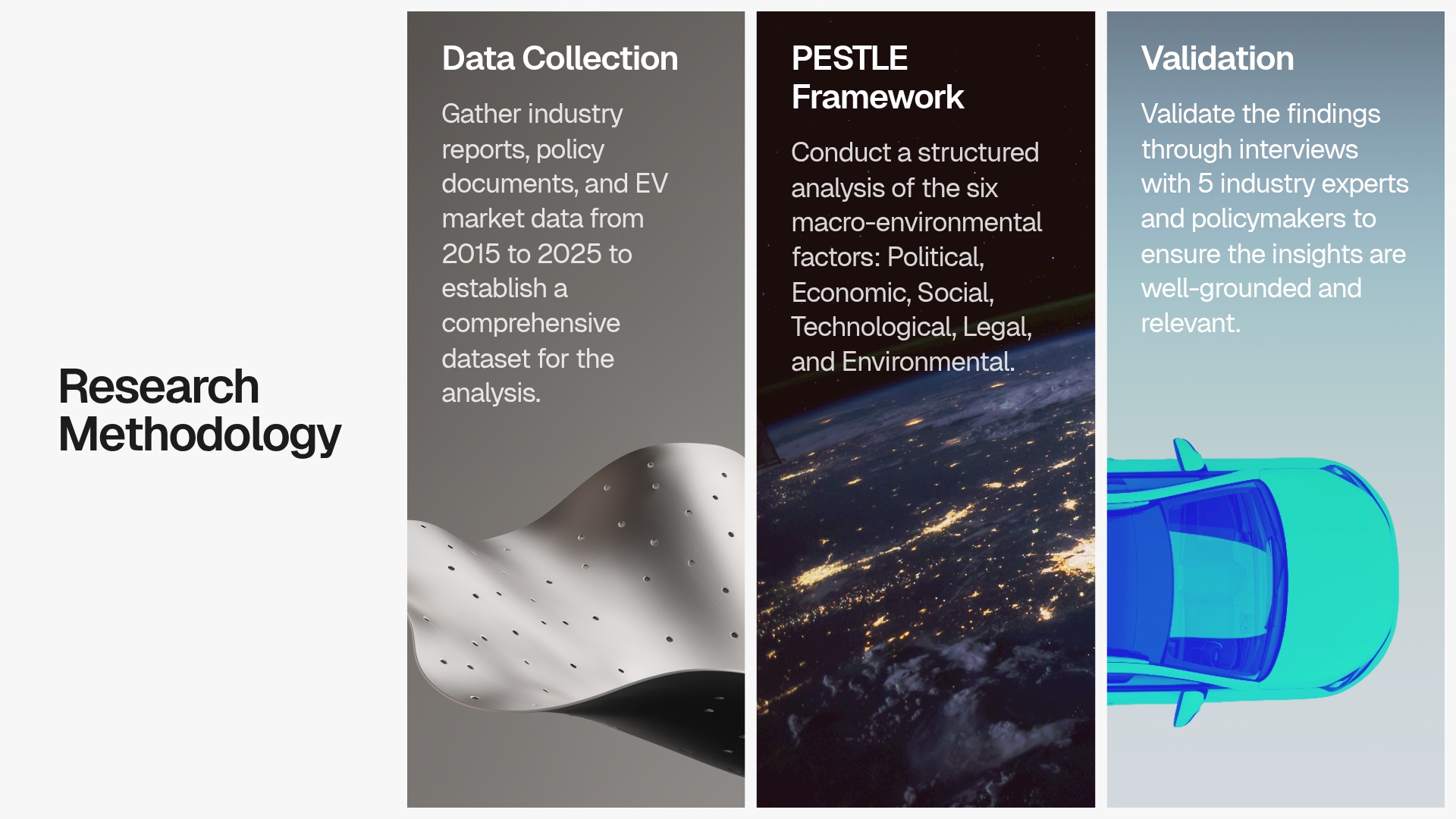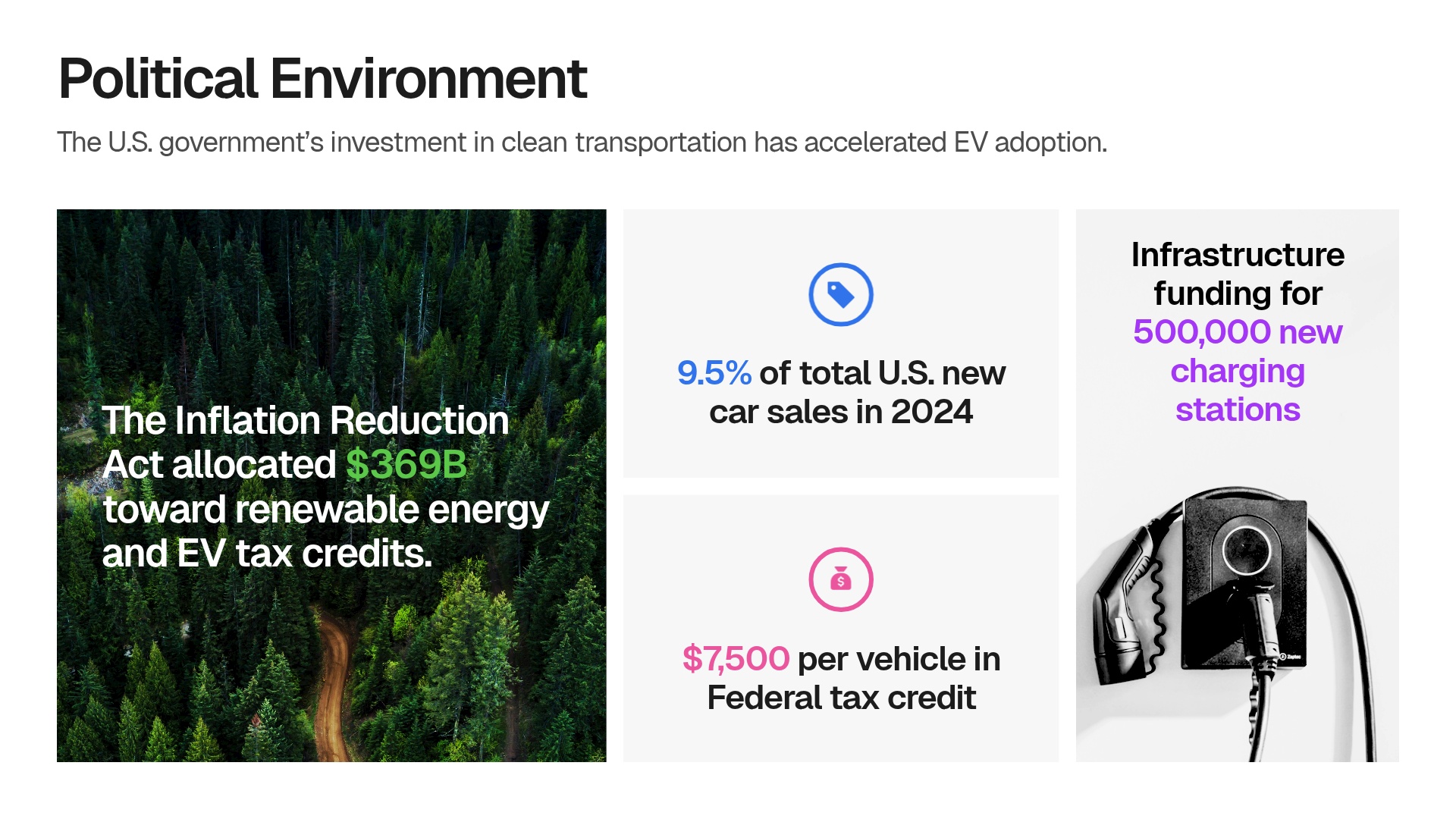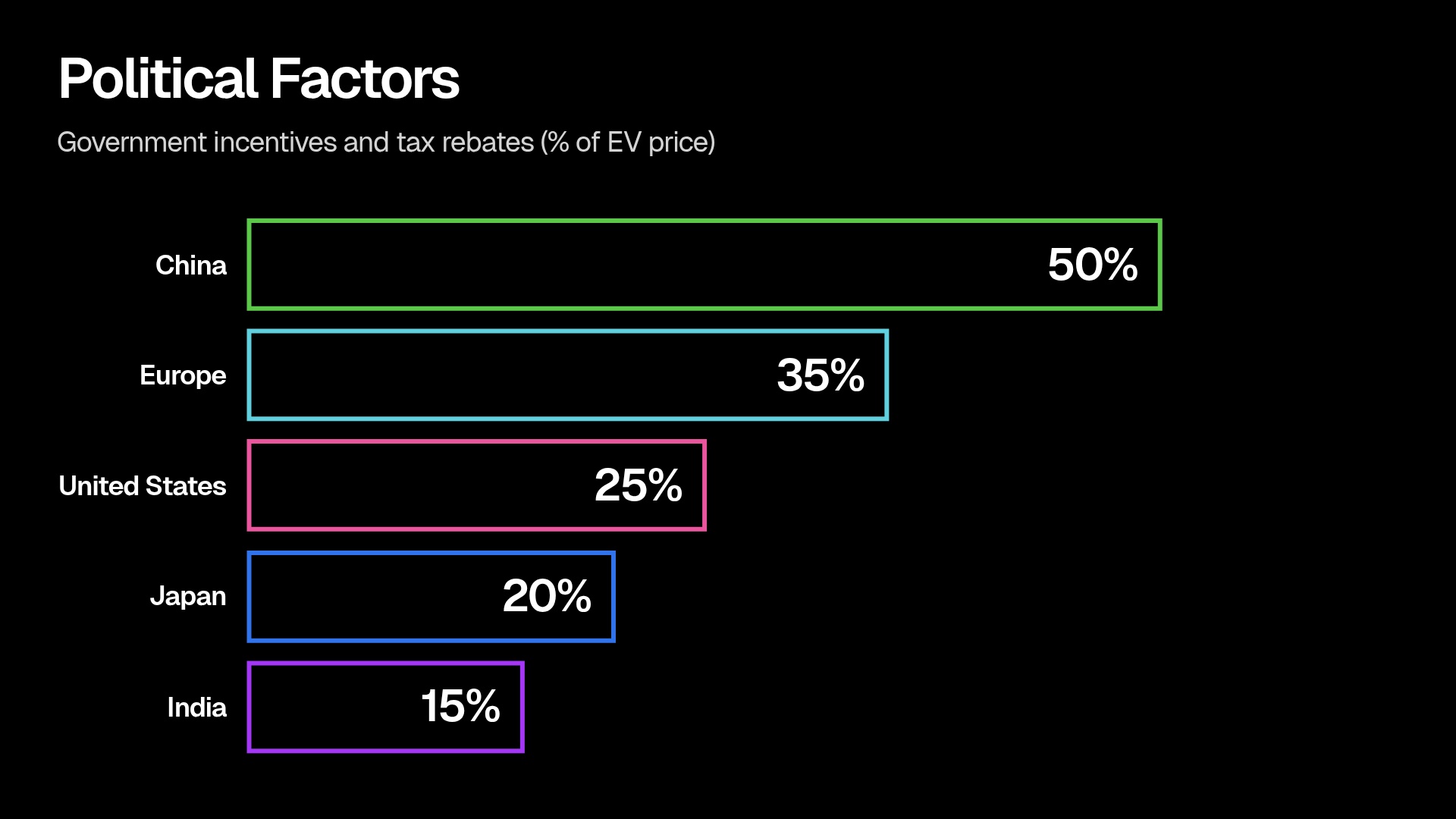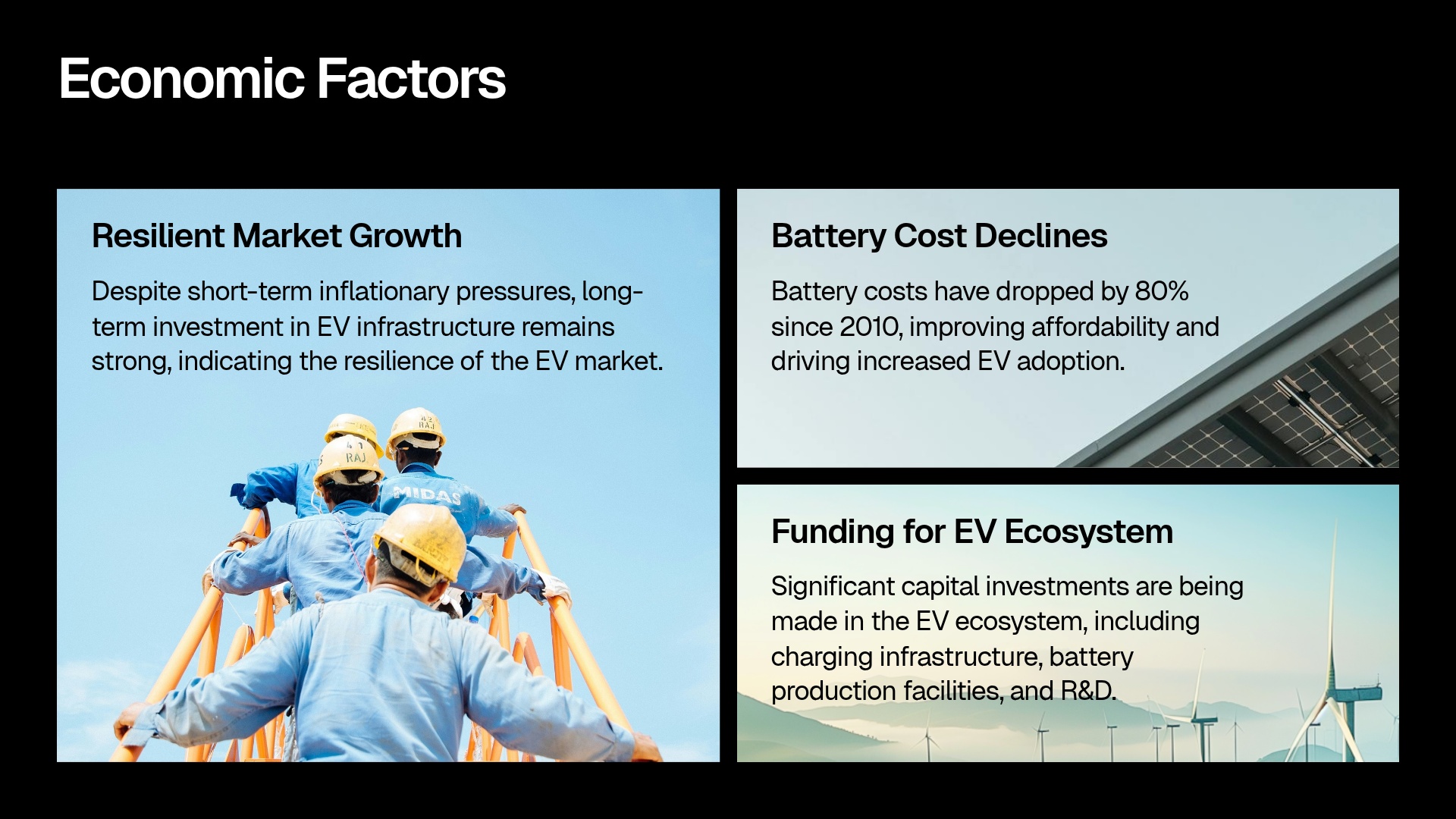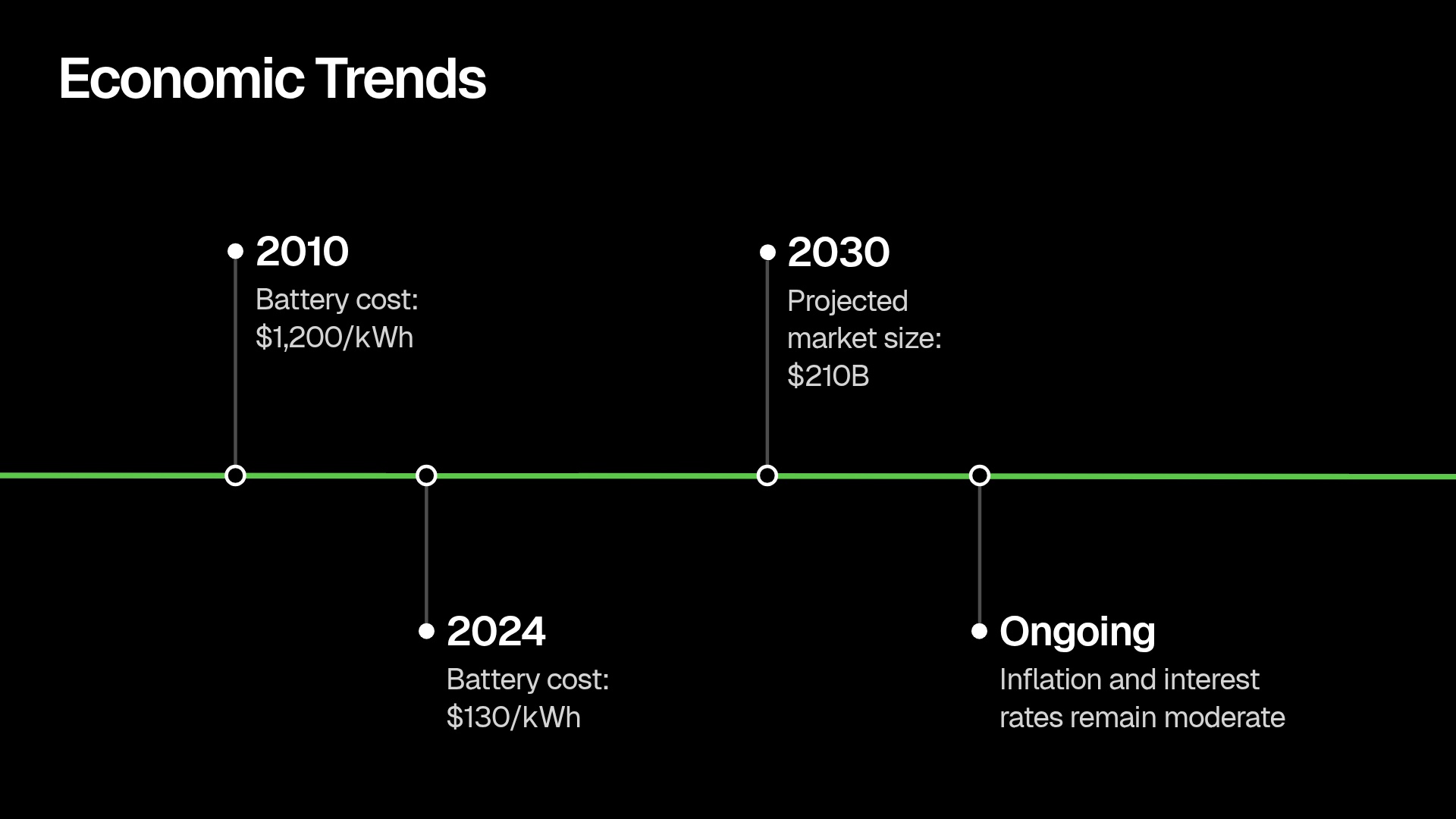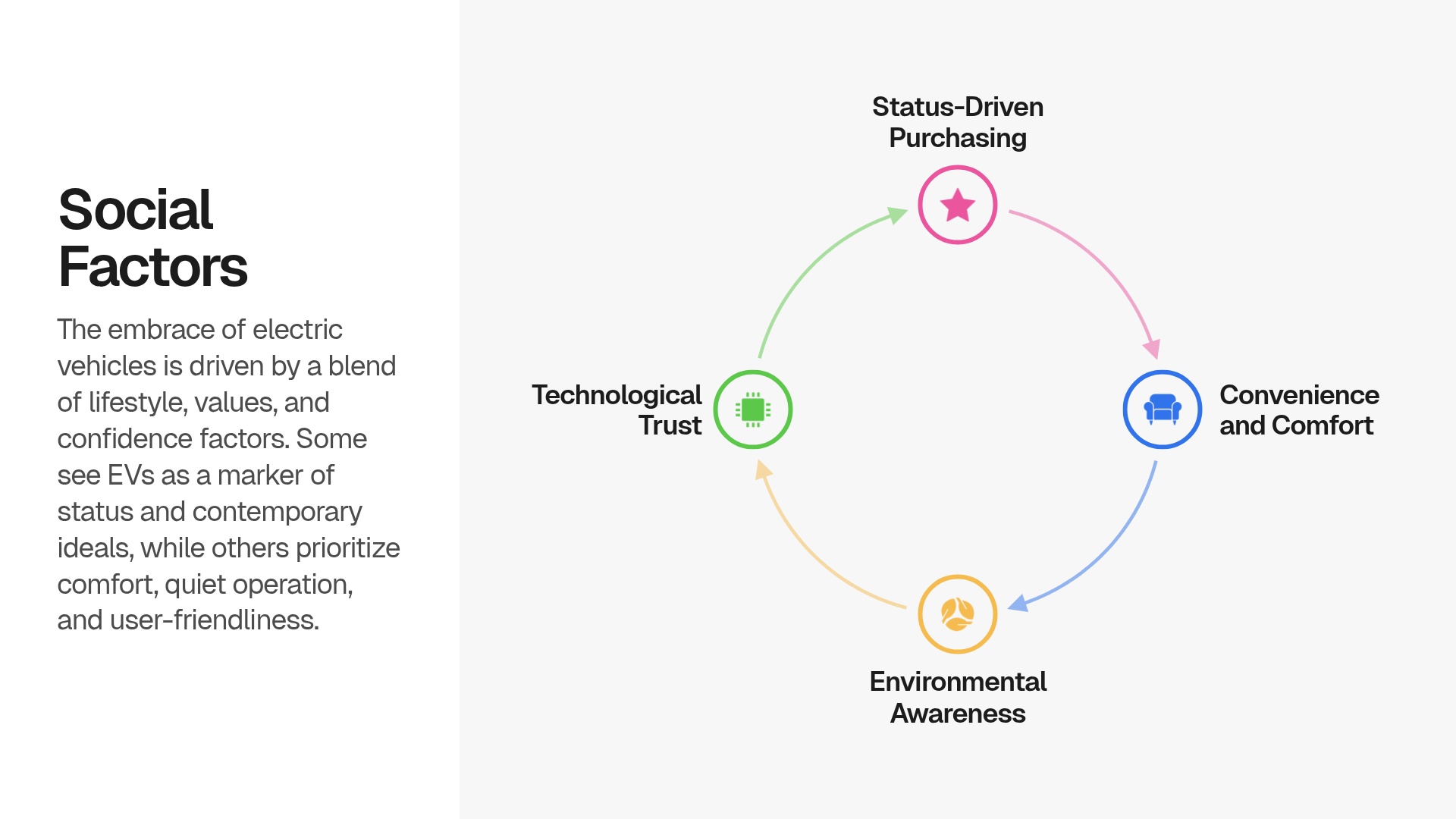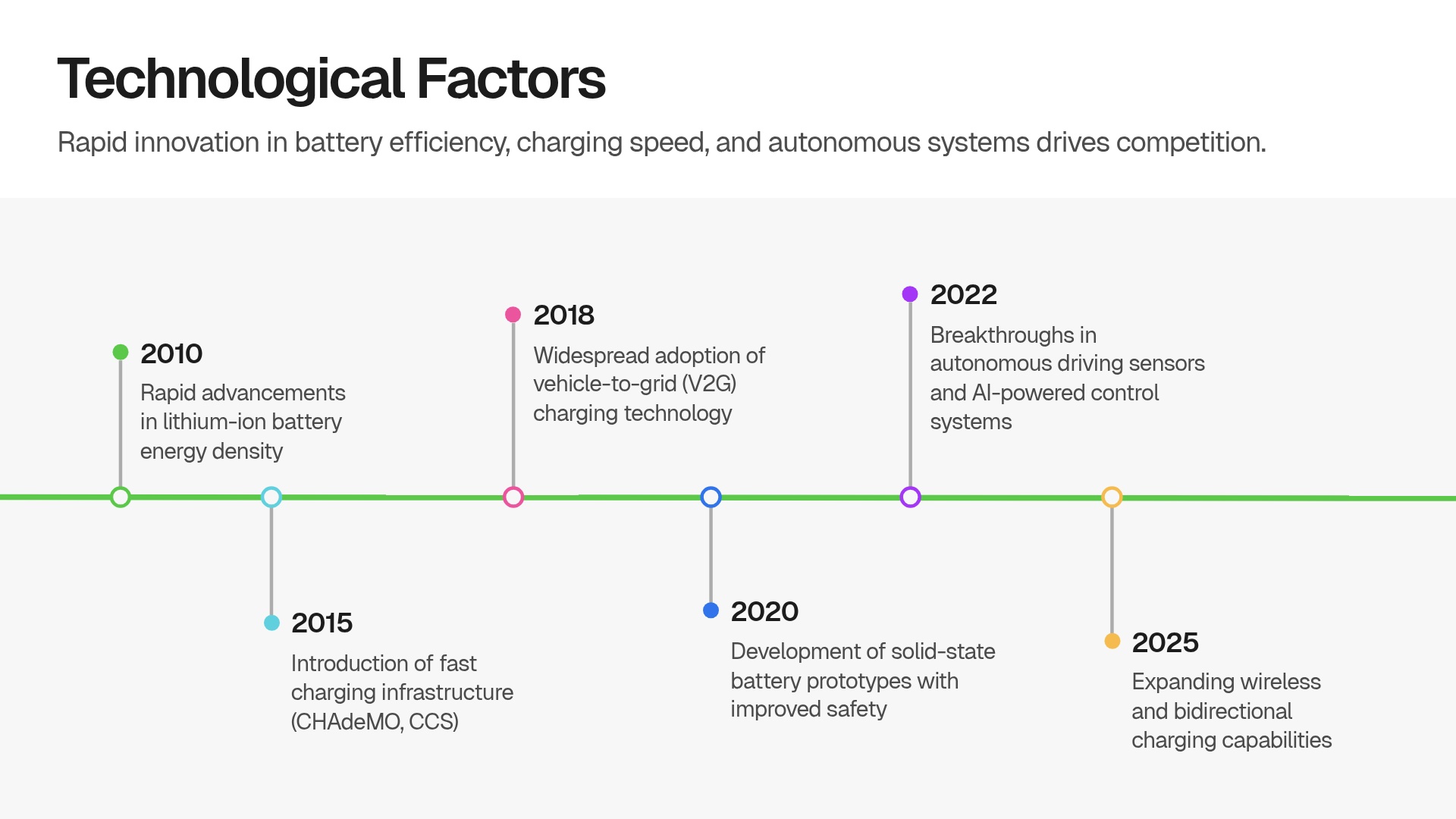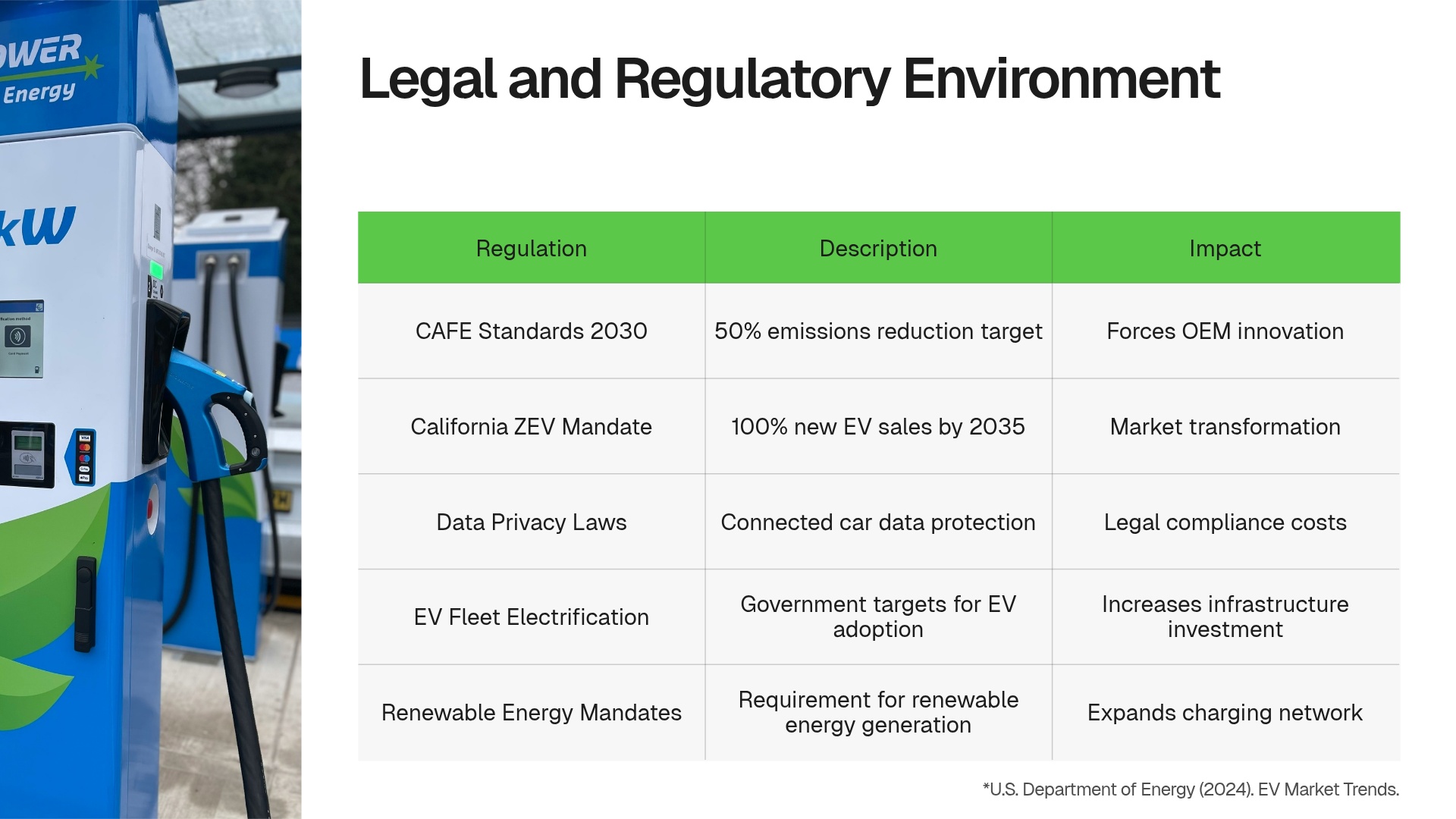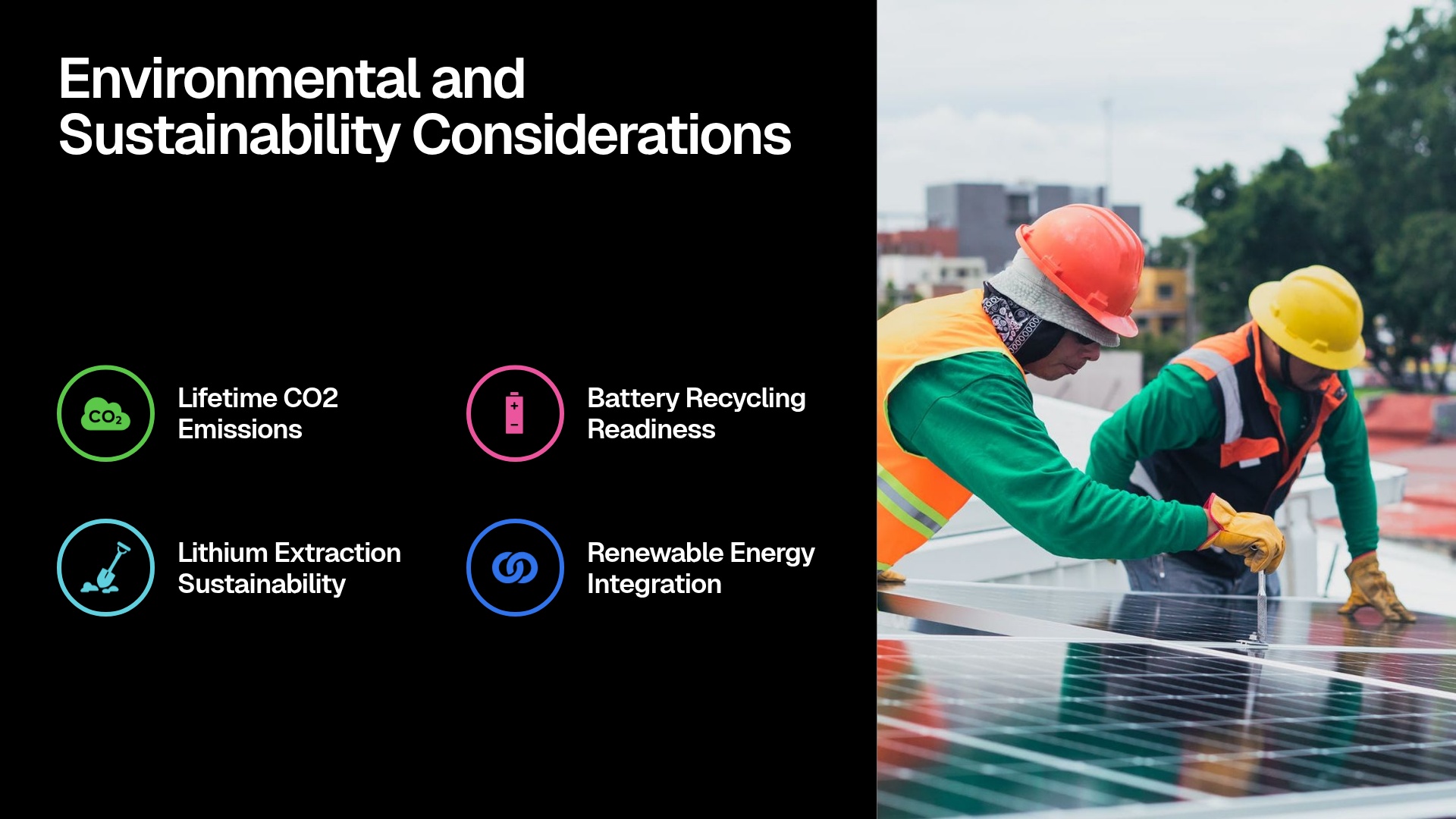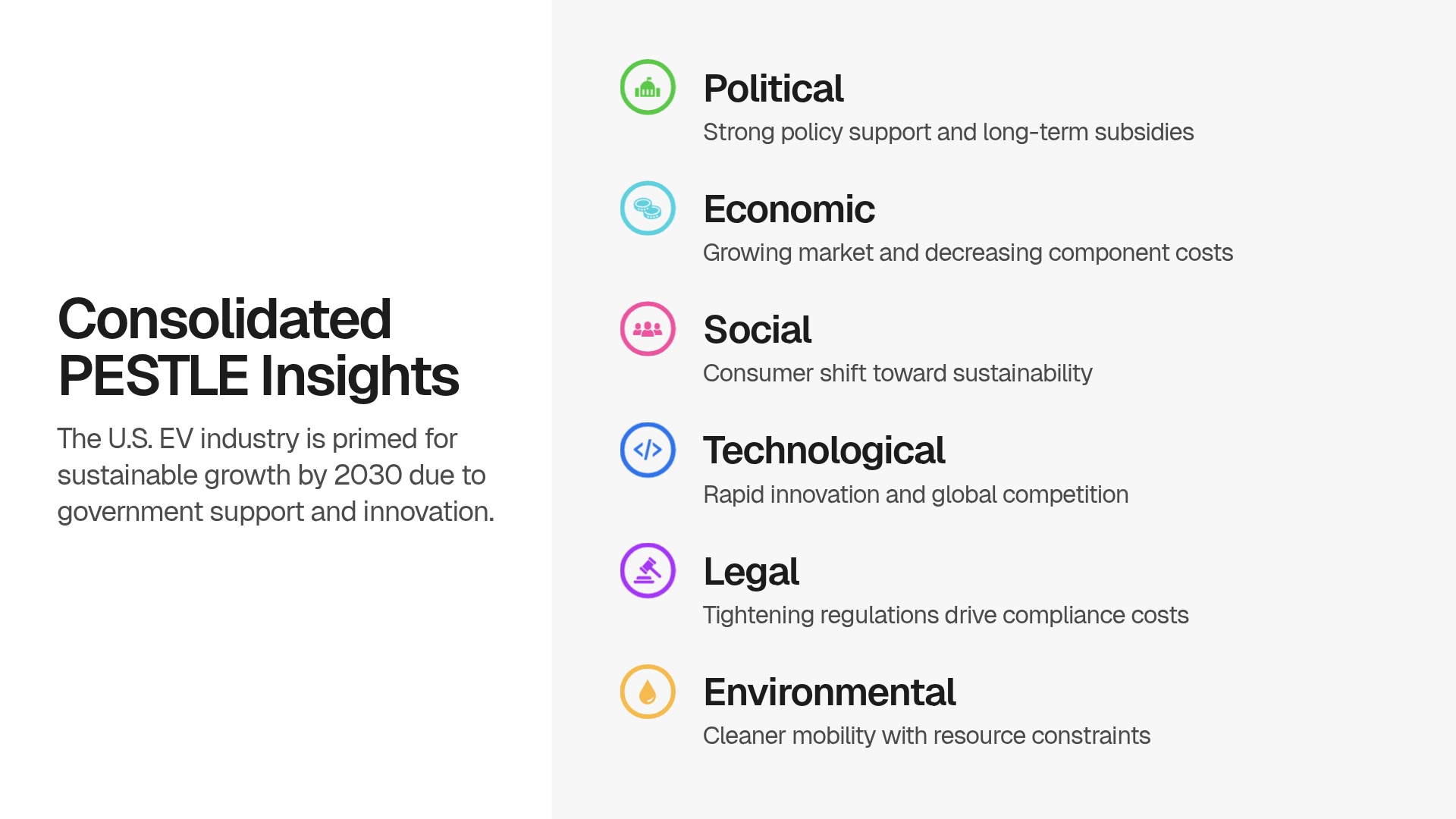PESTLE Analysis Presentation Template
The PESTLE Analysis Template by Beautiful.ai helps you present the political, economic, social, technological, legal, and environmental factors shaping your business landscape — all in a sleek, customizable presentation.
Whether you're building a strategic plan, pitching an expansion, or teaching business fundamentals, this template transforms complex macro-environmental factors into clear, engaging visuals. Create a professional-grade PESTLE analysis in minutes — no design skills required. Ideal for strategy consultants structuring market scans, corporate leaders aligning teams around external factors, entrepreneurs presenting to investors, educators teaching the PESTLE framework, and marketing teams anchoring expansion in macro-environmental insight.
Our PESTLE analysis template can also help you:
- Map out external factors influencing your organization's success
- Identify risks, opportunities, and market trends — from economic shifts and technological innovation to sustainability and regulatory changes — before they impact operations
- Present your findings in a way that engages executives, investors, or stakeholders
- Align teams around data-driven insights and strategic foresight
- Save time with a fully structured deck that's beautiful, branded, and editable
How to use our template to create a PESTLE analysis presentation
The PESTLE framework gives you a panoramic view of your macro-environmental factors — political shifts, economic cycles, sociological trends, and technological disruptions — all in one place. Our design ensures your analysis stays visual, focused, and persuasive, whether you're assessing climate change, cybersecurity, or intellectual property risks. Your PESTLE Analysis Template includes everything you need for a complete, professional-looking presentation. Each slide is fully customizable to fit your brand and purpose — ideal for marketers, strategists, and educators dealing with complex external influences. Beautiful.ai's smart slide library keeps every section visually consistent — from charts and icons to color-coded category slides. Each slide auto-adjusts layout as you enter or remove content, ensuring visual balance. With one-click brand colors, fonts, and logos, your deck stays aligned with your organisation's identity. The template is fully compatible with PowerPoint, Google Slides, and Beautiful.ai. We offer layout variations (hexagon, arrow, circle models) so your PESTLE analysis stands out visually. Text placeholders, icon sets, and editable color schemes give you full control without redesigning from scratch.
Pro tips for building a PESTLE analysis presentation
Creating your own PESTLE analysis is simple with Beautiful.ai's fully customizable template. Whether you're evaluating market conditions, government policy, or regulatory changes, you can bring clarity and impact to your insights using this professional deck and our library of smart, pre-designed slides. As you build your PESTLE presentation, keep these tips in mind:
A strong PESTLE or PEST analysis starts with reliable data. Collect current information from trusted sources — industry reports, government policy papers, academic research, and market analyses. Focus on external factors like inflation, interest rates, exports, and economic or technological developments that could influence your organisation.
Executives care about risk, economy, and ROI. Investors look for opportunities and scalability. Students need clarity and concrete examples. Tailor your tone, level of detail, and visual emphasis to match your audience's priorities and expertise.
Turn dense information into visuals your audience can instantly grasp. Use icons, charts, and diagrams instead of paragraphs. Color-code each PESTLE category (Political, Economic, Sociological, Technological, Legal, and Environmental) to make your analysis intuitive and easy to follow. A clean, minimal design always outperforms a cluttered one.
Don't stop at describing trends — explain what they mean! For each PESTLE factor, summarize the implications and propose next steps or strategic recommendations. This turns your analysis from theoretical to actionable, helping you address sustainability, artificial intelligence, or ecological impacts through informed decisions.

